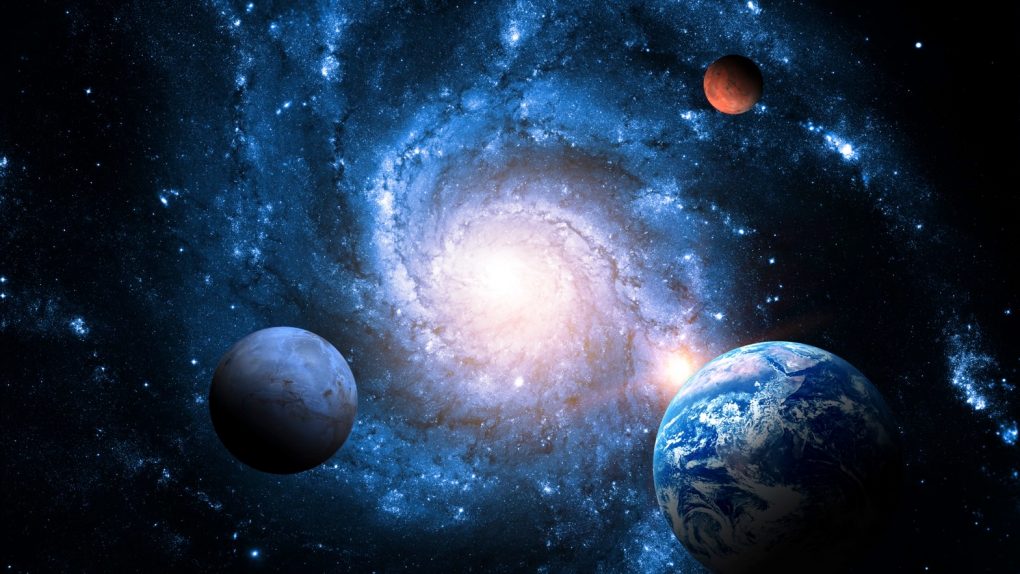
Astronomers have discovered a weird signal that came from far away in the universe and took eight billion years to reach us. According to a report published in the journal Science, the characteristic signal reflects ‘fast radio bursts’ or FRBs, a cosmic phenomenon. FRBs are powerful yet brief radio wave bursts. They are similar to the radiation emitted by cell phones and microwave ovens. They do, however, come from far away in the universe. FRBs are extremely uncommon. Despite having the world’s most sensitive radio, telescope, and computational capabilities, astronomers are having difficulty detecting FRBs.
Most FRBs do not repeat, meaning if we want to understand what they are or where they come from, we need to be quick to respond
Ryan Shannon, an author of the latest study with Swinburne University of Technology, told Newsweek that FRBs “last only a small fraction of a second.” “Most FRBs do not repeat, meaning if we want to understand what they are or where they come from, we need to be quick to respond and gather as much detail about them in the few thousandths of the second they pass by Earth,” Shannon added.
The identified FRB called FRB 20220610A in the newest analysis, is the most distinct and ancient reported so far. Around eight billion years ago, an extraordinarily high-energy FRB occurred. According to the authors, the latest discovery provides new information about the distant universe and calls into question current models of FRB emission. To yet, astronomers have only discovered 50 FRBs. The small sample size makes studying them more difficult.
The latest discoveries show that it broke the record for the most distant FRB by roughly 50%
However, the source of FRBs remains a mystery. “While we still don’t know what causes them, determining that will be a tall task. We are still able to use them as tools. FRBs have the signature of all of the gas they travel through. It makes them incredibly useful for probing the tenuous gas between galaxies,” Shannon said.
According to some research, FRBs are produced by magnetars, which are young, hyper-magnetized neutron stars. Neutron stars are dense stars with nearly the same mass as the Sun. They are, however, merely the size of a small city and have powerful magnetic fields. On June 10, 2022, the Australian SKA Pathfinder identified the most recent FRB. FRB 20220610A, according to Shannon, emitted more energy in a few milliseconds than the sun does in 30 years. However, the latest discoveries show that it broke the record for the most distant FRB by roughly 50%, showing that such phenomena occur in extremely distant galaxies.